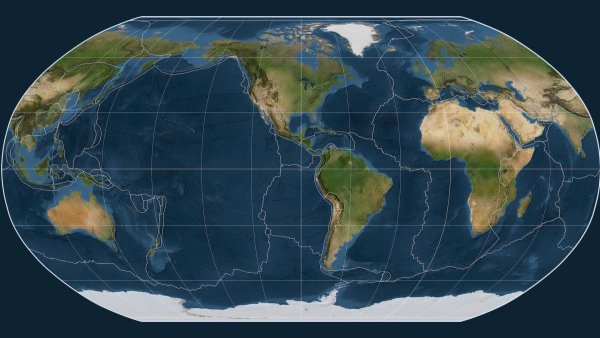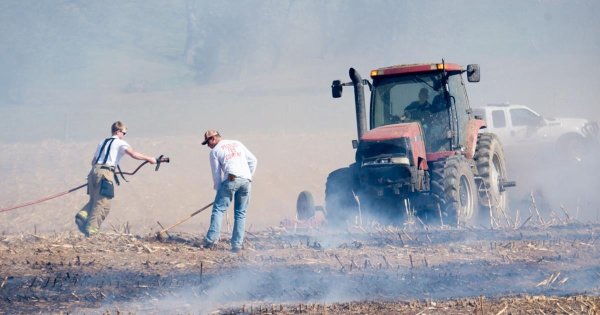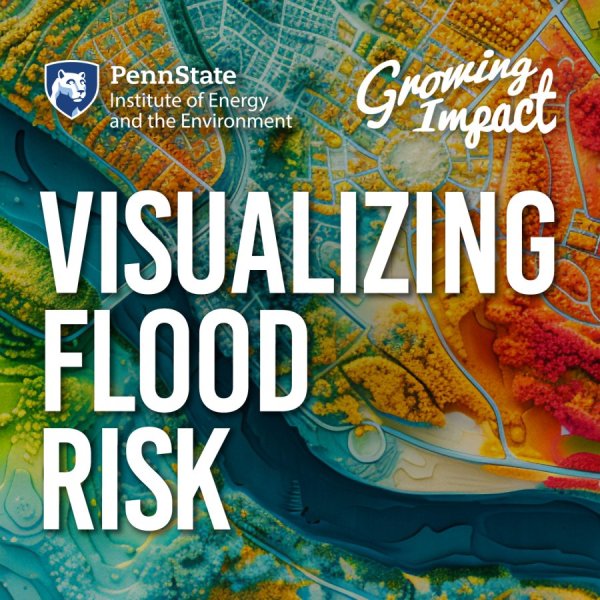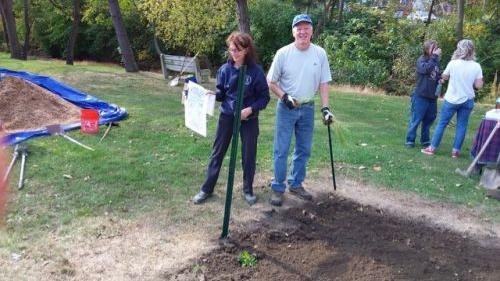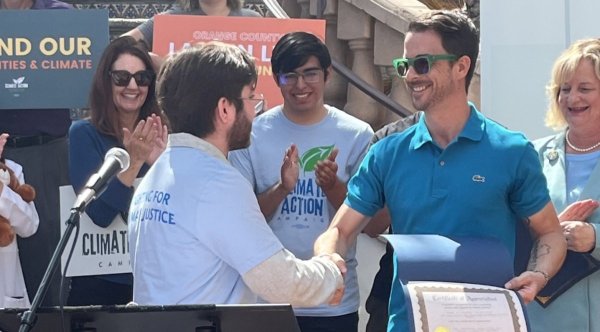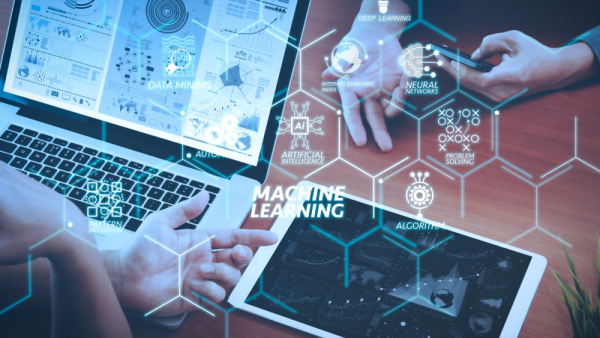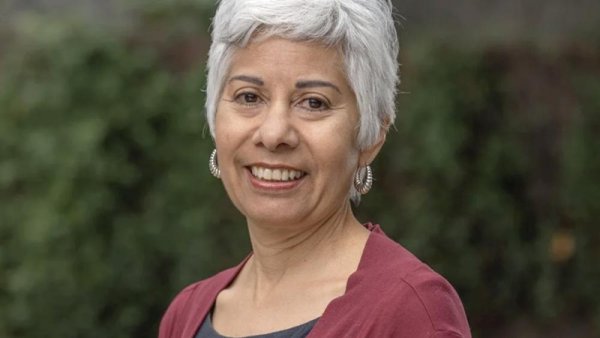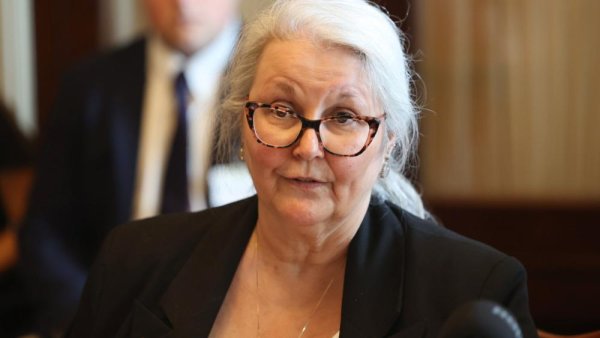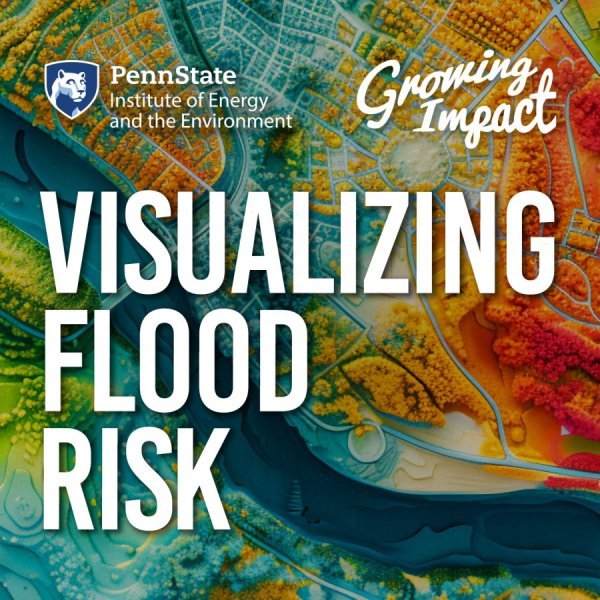When did plate tectonics begin?
| yahoo.com
Earth surface is covered with rigid plates that move, crash into each other and dive into the planet's interior. But when did this process begin? This article, originally published by LiveScience, quotes Jesse Reimink, assistant professor of geoscience.
More evidence mounts for water fern azolla as global food insecurity solution
| bradfordera.com
Is the floating freshwater fern commonly called Carolina azolla the potential answer to global food insecurity or a possible threat to humanity? This article features Penn State research.
Jason Guilbeault named assistant vice president for research post-awards
| psu.edu
Jason Guilbeault has been named assistant vice president for research, Post-Award Contractual Compliance, within Penn State’s newly created Office of Research Administration Services, effective Oct. 14.
$6.5 million grant advances Penn State Behrend's Project RESOLVE
| psu.edu
A $6.5 million state grant has positioned Penn State Behrend to begin construction of the Center for Manufacturing Competitiveness, an industry-facing research facility and the centerpiece of the college's Project RESOLVE.
Lancaster County breaks Halloween heat record, has second driest October on record
| lancasteronline.com
Despite an early morning sprinkling Friday, Lancaster County remains in a drought, as October finished up as the second driest month since record-keeping began. This article quotes Jeffrey Graybill, agronomy educator with Penn State Extension.
'Growing Impact' discusses communicating inland flooding through visualizations
| psu.edu
The latest episode of "Growing Impact" explores how a research team is using computer modeling and animations to visualize future flood and levee failure scenarios.
Growing Impact: Visualizing flood risk
| Featuring Kaleigh Yost
Flooding is the world's most devastating natural disaster, causing widespread destruction and loss of life. Millions of Americans live in high-risk flood zones, with the threat amplified by climate change and aging infrastructure. This episode explores how innovative computer modeling and visualizations can help communities plan for future flood risks and develop effective response strategies.
Penn State Master Watershed Steward Jane Cook leads by example in Lehigh Valley
| psu.edu
In 2014, Jane Cook joined the second-ever training class of Penn State Extension Master Watershed Steward volunteers. She was already active in the Monocacy Creek Watershed Association, but since then, she has logged more than 1,000 volunteer hours educating the public and restoring local watersheds.
Local Climate Action Program and World Campus alum honored in Orange County
| psu.edu
Penn State’s Local Climate Action Program is making a valuable impact beyond Pennsylvania’s borders, thanks in part to Joe Thompson, a World Campus Energy and Sustainability Policy graduate. Thompson was recently honored at a ceremony hosted by the San Diego chapter of the Climate Action Campaign, for his help in creating the City of Orange climate action plan.
Institute for Computational and Data Sciences announces two new co-hires
| psu.edu
The Penn State Institute for Computational and Data Sciences announced two new co-hires: Dana Calacci, assistant professor in the College of Information Sciences and Technology, and Enrico Casella, assistant professor of data science for animal systems in the College of Agricultural Sciences.
'EMS Reads' speaker to discuss influence of politics, racism on climate change
| psu.edu
Laura Pulido, Collins Chair and professor of Indigenous, race, and ethnic studies and geography at the University of Oregon, is the featured speaker for the College of Earth and Mineral Sciences’ 2024 EMS Reads program. She will give the keynote lecture at 6 p.m. on Wednesday Nov. 13, in Paterno Library's Foster Auditorium on Penn State's University Park campus.
Penn State mining expert testifies before Congress on critical minerals needs
| psu.edu
Mining expert Barbara Arnold, professor of practice in mining engineering, joined a panel of experts to discuss how the United States will need to make dramatic advances to increase its technical- and skilled-labor workforce to power its green energy future and to become less reliant on foreign nations for securing materials used in both everyday devices and critical national security applications.

